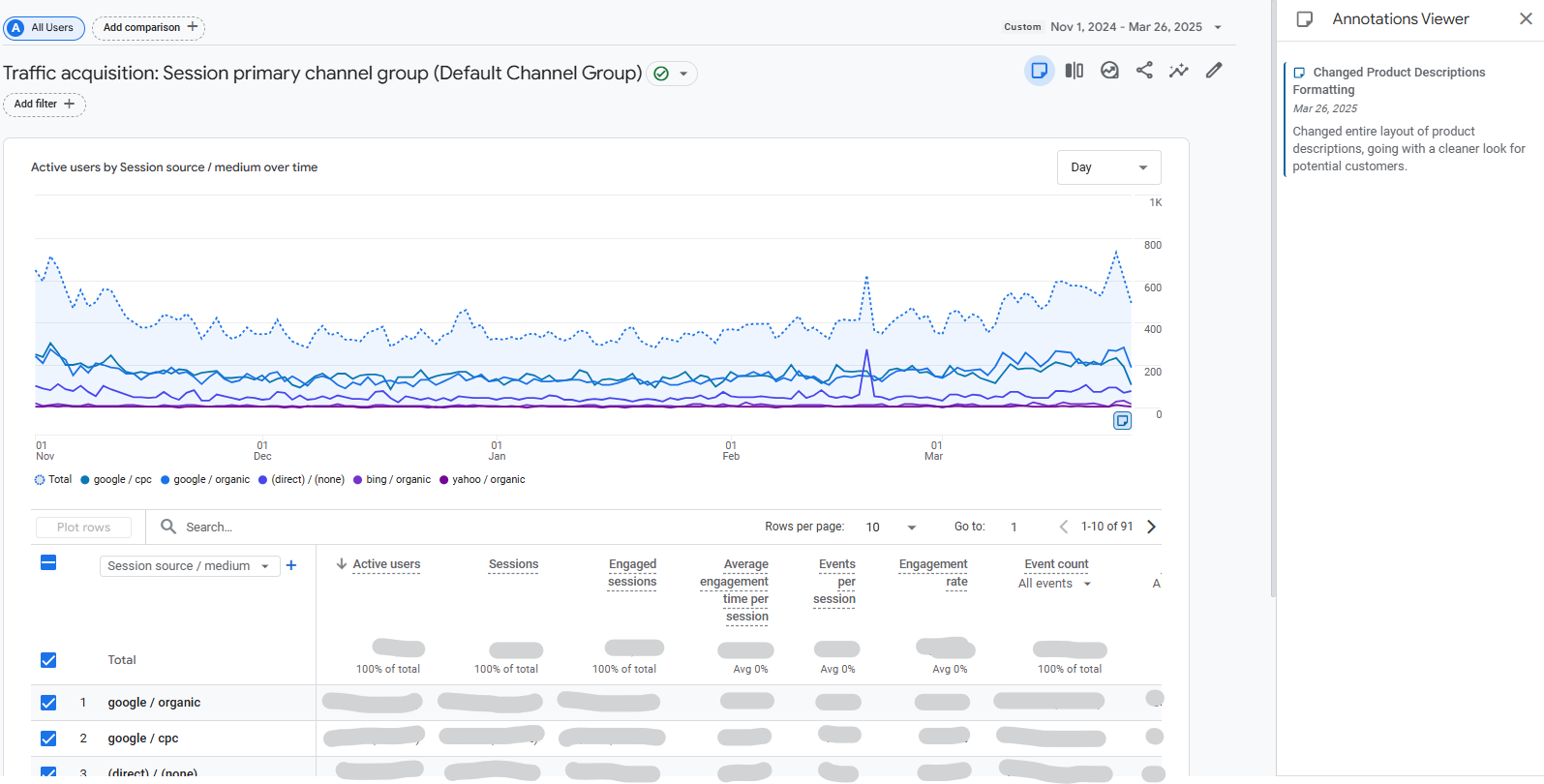If it feels like search is changing faster than ever, you’re not wrong. Between ChatGPT, Gemini, Claude, and other large language models, the way people find information has evolved. Instead of typing keywords, users are asking questions… and AI is answering directly.
That shift has sparked a new conversation across the SEO world: how do we make our content visible to AI systems, not just search engines? The term for this is generative engine optimization (GEO), and it’s led to a new experimental idea called LLMs.txt.
At Kashmer Interactive, we see it as a smart but optional experiment- something to test carefully, but not yet a make-or-break SEO requirement.
What Exactly Is LLMs.txt?
Think of LLMs.txt as a kind of map for AI systems. It’s a plain text or markdown file placed in your site’s root directory (example.com/llms.txt) that highlights your most “AI-ready” content. This would include pages that best represent your brand, your expertise, or your documentation.
Unlike robots.txt, which tells crawlers what not to visit, LLMs.txt tells AI what to visit. Its purpose is to strip away clutter like navigation and ads, giving models a clean summary of your most relevant pages.
In theory, this could help large language models better interpret your content and cite it accurately when generating answers. But that’s still a theory. There’s currently no official confirmation that major AI systems are reading or using LLMs.txt in any meaningful way.
What Google Has to Say
John Mueller, Google’s long-time Search Advocate, has commented directly on the buzz. His take? Cautious at best.
He’s noted that no major AI providers currently use LLMs.txt, and that it’s “comparable to the old meta keywords tag” (a place where site owners could declare what their pages were about, even if search engines didn’t rely on it).
That doesn’t mean it’s useless, just that it’s not a ranking factor, signal, or requirement right now. Google continues to recommend focusing on structured data, clear content architecture, and canonical tags, which are all proven signals that both search engines and AI systems already understand.
The Pros and Cons
Why it can help:
- It’s easy to test. You can create one file and deploy it with minimal risk.
- It positions your brand as forward-thinking and AI-aware.
- For sites with detailed content—like documentation, FAQs, or product catalogs—it can highlight what you want AI to reference.
- It forces you to clarify what your “most important” content actually is.
Why it’s not essential (yet):
- There’s no evidence AI models use it today.
- It duplicates signals already available through structured data.
- If it’s mismanaged, users could click to an unformatted text file instead of a real page.
- You’ll need to maintain it as your site evolves, which adds small but real upkeep.
Our Take
At Kashmer Interactive, we’re actively piloting LLMs.txt for select clients, especially those with deep educational or documentation-driven sites. Our approach is careful and data-driven:
- Start with a small section or subdomain.
- List only canonical, public-facing URLs that accurately represent your brand.
- Monitor server logs to see if any AI bots request the file.
- Avoid adding content that differs from what’s live on your pages.
For now, it’s an experiment, not an essential SEO task. The fundamentals still matter most: clear site structure, strong content, schema markup, and crawlable pages.
Should You Use It?
If you’re curious, it’s worth testing. Just manage your expectations. Adding LLMs.txt won’t suddenly boost your rankings or AI visibility, but it could help you prepare for a future where AI systems do start referencing it.
Our advice: stay curious, stay balanced, and keep investing in the content and structure that already work.
And if you want help setting up or testing an LLMs.txt file, or exploring how your site appears in AI search, reach out to the team at Kashmer Interactive. We’re tracking the evolution closely and happy to help you stay ahead of the curve.













